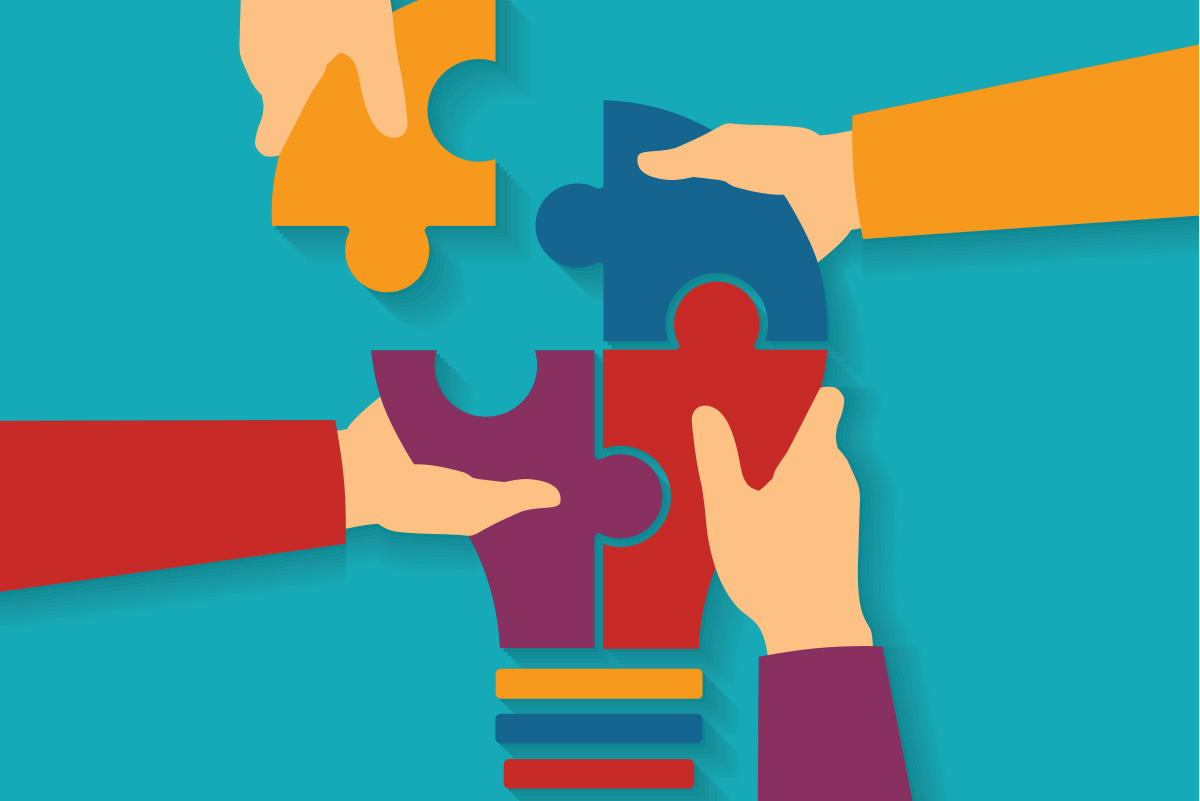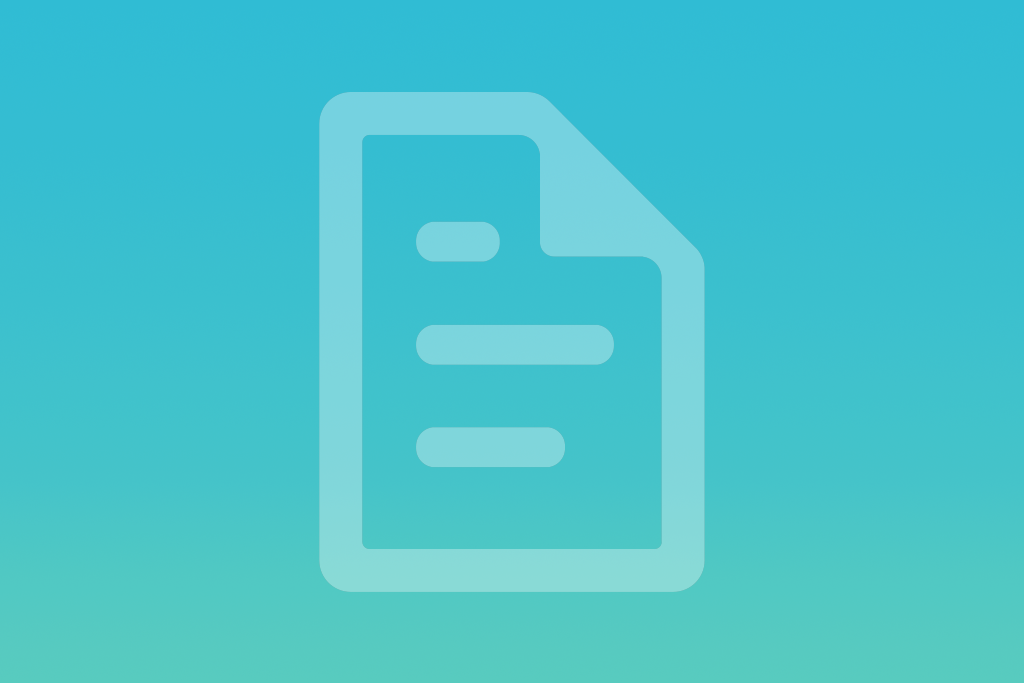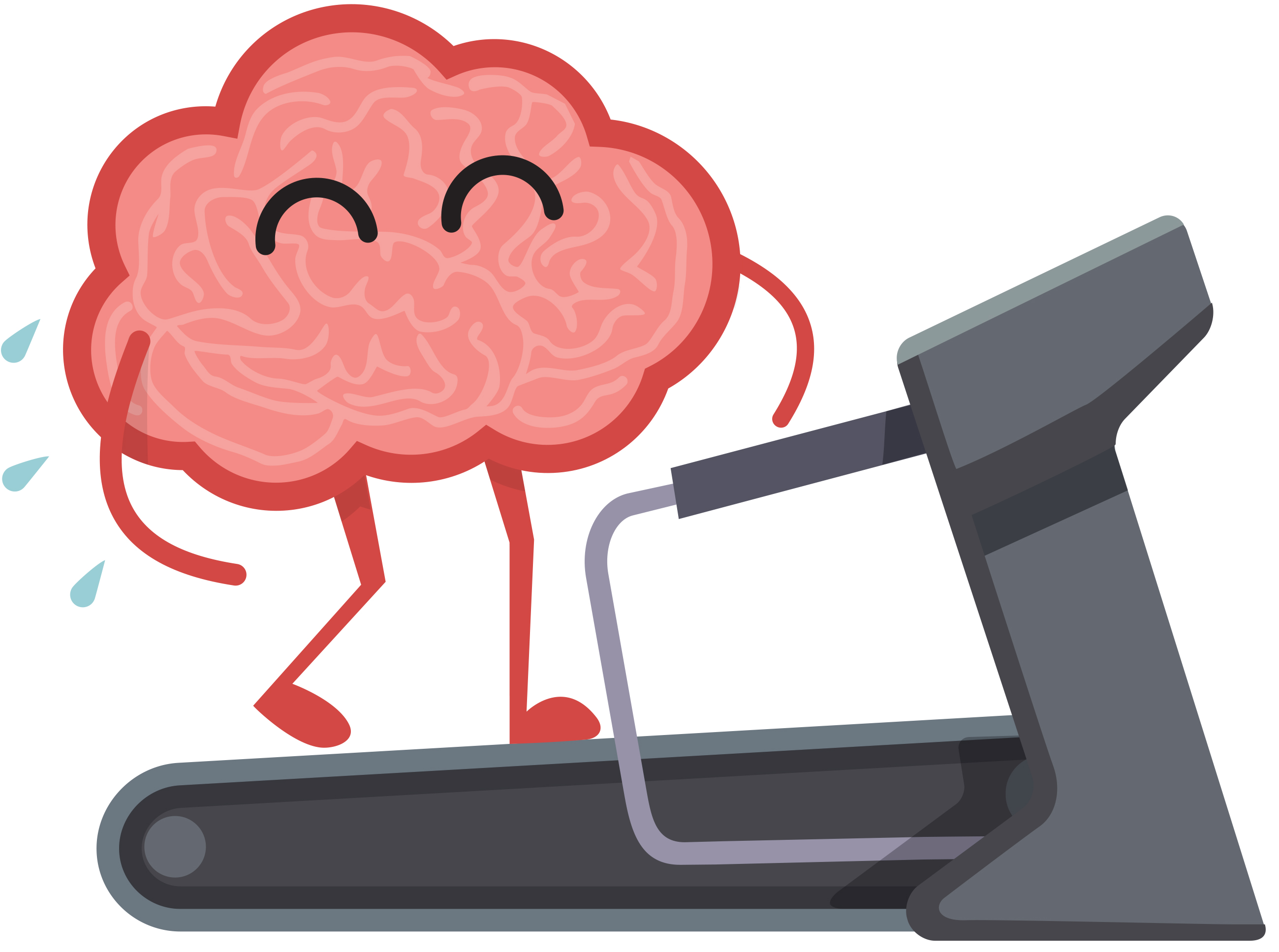
The Prescription for Stronger Community Health: More Library Programming
How Health Literacy Levels Impact Your Community
Though everyone needs the ability to find, evaluate and use health information at some point in their lives, the National Assessment of Adult Literacy reports that nearly 36% of U.S. adults have an inadequate level of health literacy. Somewhat surprisingly, strong literacy skills are not necessarily an indicator of health literacy, as those seeking health information may be unfamiliar with medical terms, need help interpreting data or risks, require complex self-care or be scared and confused. Nearly 9 out of 10 adults struggle to comprehend available health information, often because most health information is unfamiliar, complicated or overwhelming. The existence of conflicting information can leave readers unsure of which sources they can trust.
Poor health literacy impacts individuals and communities alike, as studies show that health literacy is a strong predictor of an individual’s overall health. Improving these skills can improve self-care and increase the likelihood that individuals take advantage of available health services, especially preventive care. It can also reduce costs; some estimates put the cost of health care for low-literacy individuals at four times that of those with higher literacy skills.
As stated in the U.S. Department of Health and Human Services’ National Action Plan to Improve Health Literacy, “by focusing on health literacy issues and working together, we can improve the accessibility, quality and safety of health care; reduce costs; and improve the health and quality of life of millions of people in the U.S.”
Your library has long focused on engaging your community, which means you’re uniquely situated to contribute to this effort to promote health literacy. Read on for more insight into how libraries like yours are doing their part and for inspiration about how you can join in on this important work.
Libraries: The Crucial Link to Improving Community Health
There are many ways that libraries like yours are already promoting health literacy, including:
- Providing access to information and learning
- Fostering civic engagement
- Encouraging social inclusion and equity
- Building bridges between the community and its resources
Health and wellness initiatives are an avenue for strengthening communities, and the resources and health programming offered by libraries not only serve community needs, but also increase visibility of community health issues and the library alike.
In their article Beyond Books: Public Libraries as Partners for Population Health, Anna Morgan, et al. insist that “public libraries are trusted institutions that have broad population reach and untapped potential to improve population health.” This trust extends not just to individuals, but community partners as well. The health care sector is increasingly viewing libraries as crucial links to improving community health, and libraries are partnering with a wide array of community organizations and groups to better bridge the gap between patrons and community resources.
Philadelphia’s libraries, for instance, partnered with the University of Pennsylvania to capitalize on libraries’ accessibility and trustworthiness in order to advance a culture of health. Librarians are now trained as “community health specialists,” and library branches offer programs on nutritional, trauma, and mental health resources, as well as healthy behaviors for people of all ages and socio-economic backgrounds. Opportunities for collaboration exist on the national level as well.
The National Network of Libraries of Medicine (NNLM) launched a nationwide public libraries initiative, which aims to “equip library staff with effective skills and high quality resources.” Librarians interested in improving their library’s health programming and their community’s health literacy can take advantage of the NNLM’s funding opportunities for educational materials and e-learning and in-person classes geared toward librarians.
New to Health Literacy? Start Here
Despite a plethora of opportunities for engagement, you may face a number of challenges when it comes to improving your community’s health and health literacy. For one, many librarians are ill-equipped to handle requests they encounter around such topics as substance abuse or mental health concerns. Different populations, such as veterans, seniors, teens and immigrants have particular needs, which requires librarians to have familiarity with a wide array of sources. Increasing awareness of the library’s health resources can strain already overworked and stretched staff and library funds.
Notwithstanding these constraints, there are a number of ways your library can take steps to build stronger, healthier communities. Webjunction and Zero Divide’s “Health Happens in Libraries” program offers a number of best practices for libraries, including:
1. Build a foundation of ethical information practices. Librarians aren’t usually health experts, but that doesn’t mean they can’t guide patrons to appropriate resources. Library staff should review the American Library Association’s Code of Ethics as well as the Reference and User Services Association’s Health and Medical Reference Guidelines. Staff should be able to provide requested information regardless of personal belief, as well as maintain value-neutral information and referral services.
2. Provide access to health-related information in plain language. People of all literacy levels need access to health information written in plain language to ensure comprehension. Government information documents are a great place to start, as they forego any specialized terms that aren’t defined within the text, and they’re written in language targeting the lowest likely literacy level of users. The Plain Language Action and Information Network has more about how plain language in health care relates to health literacy.
3. Share the best health literacy support resources. Resources designed for nonspecialists and that offer content in multiple media formats and languages, like Healthfinder.gov and MedlinePlus, should be readily accessible to patrons. View our list of 13 Resources for Libraries that Are Serious about Promoting Health Literacy for additional resources and organizations that can help kick-start your health and health literacy programs.
4. Take advantage of local partnerships. Collaboration can be the key to reaching community members in need of health information and resources. 211.org is both a great resource for patrons looking for referrals as well as a starting point for libraries hoping to collaborate with local health and human services organizations, including family support services, public health clinics, congregations and ESL providers. Library staff can then identify existing community health initiatives and build opportunities to improve health and health literacy by utilizing their unique assets and infrastructure.
5. Introduce health resources and concepts into existing and new programs. There are many ways you can use your library’s infrastructure and tools to promote health and health literacy, from introducing health literacy concepts into storytimes to promoting health resources within newsletters.
No matter how you approach integrating health literacy into your programs and services, remember that impacting community health is about more than just answering reference questions and providing access to online resources. It requires offering engaging programming and providing tools to encourage healthy living as well.
To start developing a plan for a larger health initiative, think about your community and its different populations, and then reach out to those populations to find out what health issues or concerns are top of mind for them. You can do this through an online survey, paper surveys, individual interviews or community forums. Using this information, reach out to local organizations to learn about their goals and initiatives and start the conversation about how you can work together to meet the service needs of your community.
You can start slowly by developing one or two new programs and work toward building a monthly programming series in which you feature important health topics and resources for both physical and mental health.
6. Learn more about the importance of cognitive health. Your community members’ cognitive health plays an important role in their overall well-being, and new research offers important breakthroughs in how cognitive decline can be addressed and prevented. Online brain training such as BrainHQ can help your community members increase their cognitive health and prevent dementia-related disorders. This brain training program is unique in that it is backed by more than 100 peer-reviewed studies, and its brain-strengthening exercises have been proven to prevent dementia-related disorders.
On-Demand Webinar
Play a Crucial Role in Improving Your Patrons’ Cognitive Health
May 17, 2018

References and Resources
National Assessment of Adult Literacy
“Beyond Reading & Writing: The Importance of Health Literacy!” Literacy Connects
“8 Ways to Improve Health Literacy,” Institute for Healthcare Improvement
“National Action Plan to Improve Health Literacy,” Office of Disease Prevention and Health Promotion
Related Resources
You Responded, We Listened: Wandoo Reader Survey Results and Plans for 2019
Discover what we learned from our Wandoo Reader customer survey and how we are using the results to enhance current features and develop new functionality for 2019.
read moreExplore the Benefits of Offering Online and In-Person Learning at Your Library
Are you interested in offering online learning opportunities while still continuing to hold in-person programs at your library? Explore the benefits of both learning formats and get ideas on ways they can complement each other.
read more4 Signs that Your Community Is Ready for a Library Mobile App
Are you thinking about investing in a library mobile app, but you’re not sure if your patrons would use it? Use this checklist to help you determine if your community is truly ready for a library mobile app.
read more





